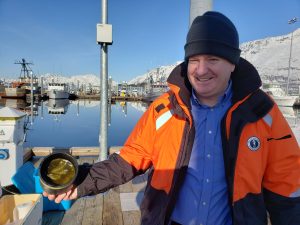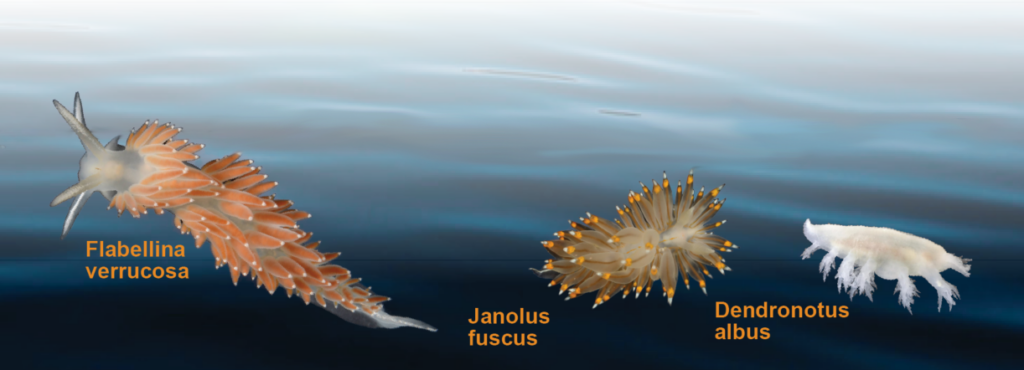
A new Council study will help improve monitoring for invasive species, such as tunicates, that live on the sea floor or hard surfaces.
Researchers collected samples of zooplankton and used an identification technique called DNA metabarcoding. This technique allows researchers to identify multiple species from the same sample.
Identifying species while they are floating as larvae in the sea currents can be more efficient and costs less than monitoring the sea floor for adult specimens.
This study examined how and when Prince William Sound’s populations of zooplankton change. Samples of plankton were collected from three locations in Port Valdez across different seasons, tidal stages, and time of day.
A high diversity of species was detected, with copepods the most dominant. None of the most common invasive species expected to be found in PWS were identified in the samples.
The study showed that location, time of day, and tide did not have a large influence on the samples. However, the season did have an effect, as a large shift was detected between spring and summer.
The project also added to existing knowledge of the genes of species already in Prince William Sound, which will help researchers better identify invasive species in the future.
Additional details are available in the full report:
Below are adults of some of the species identified in the genetic analysis. Images from Smithsonian Open Access Media.